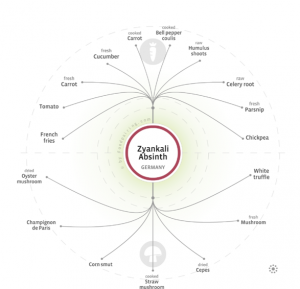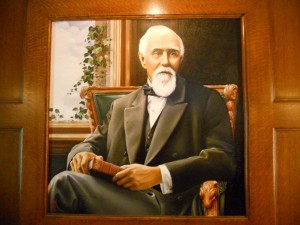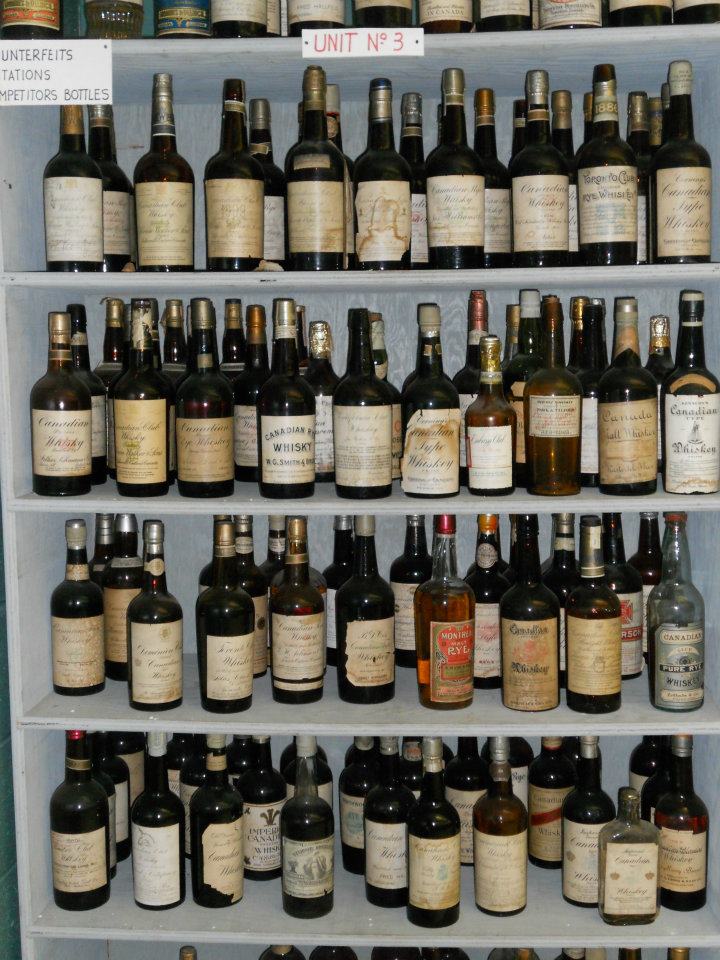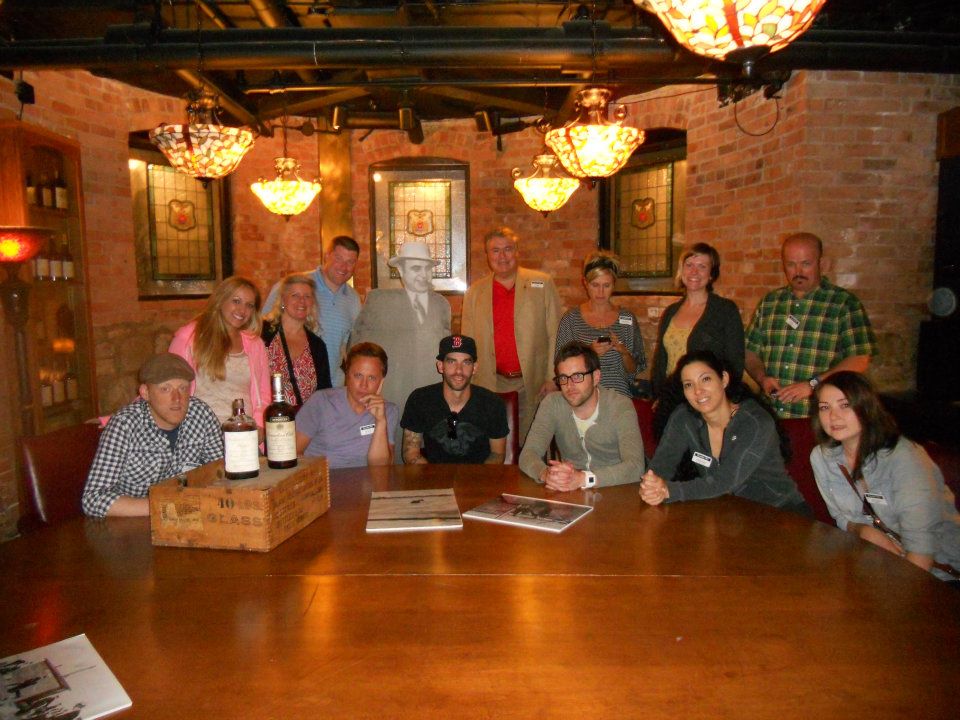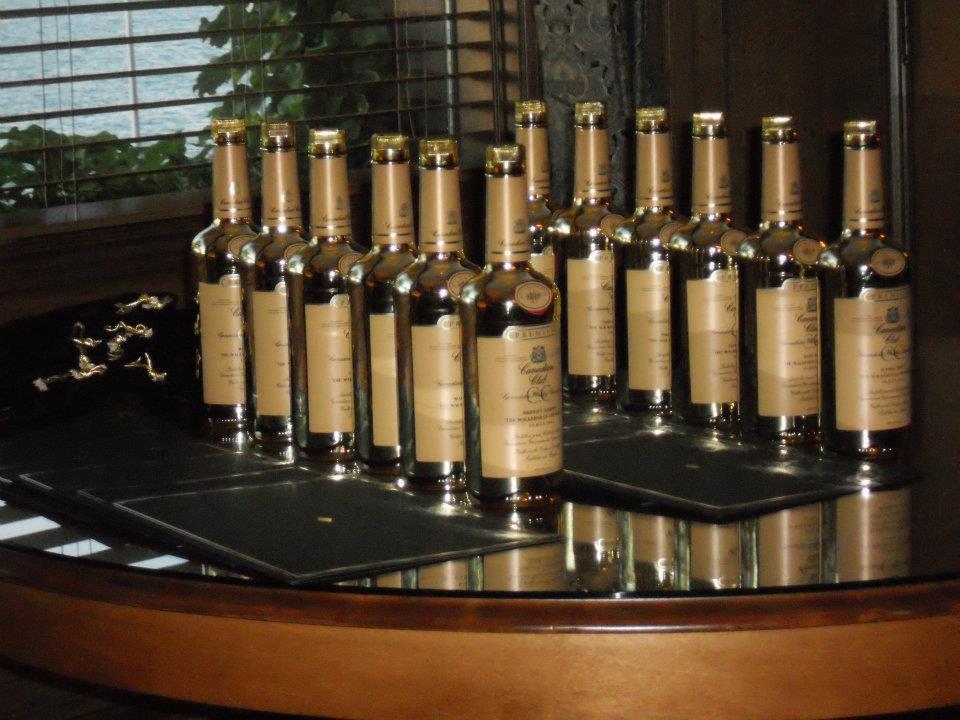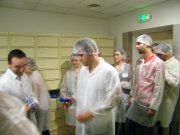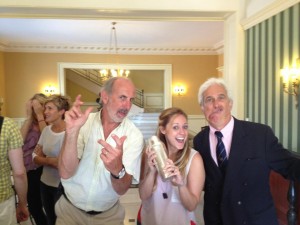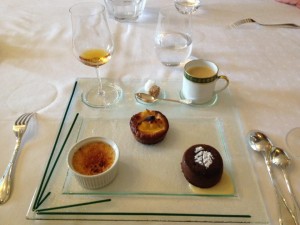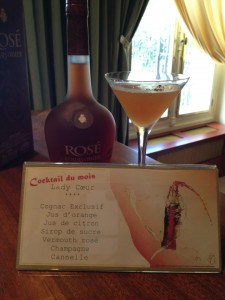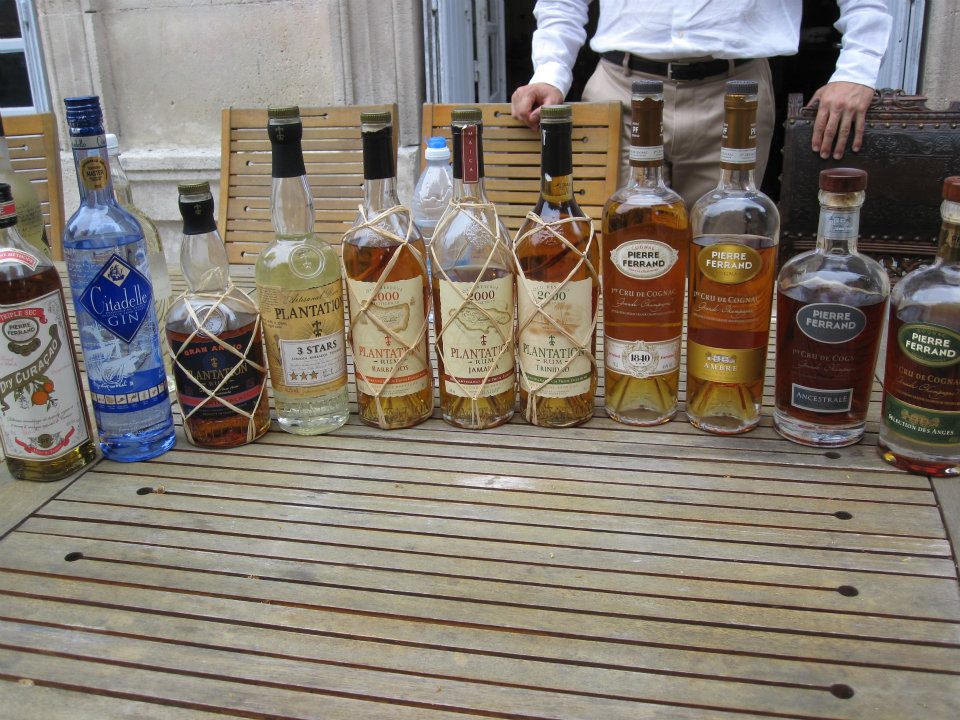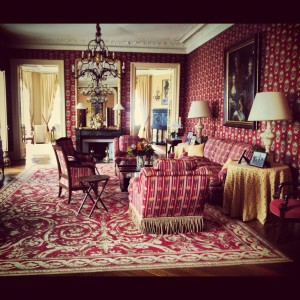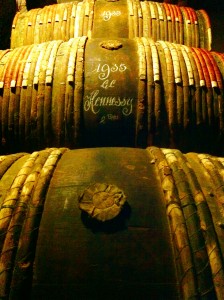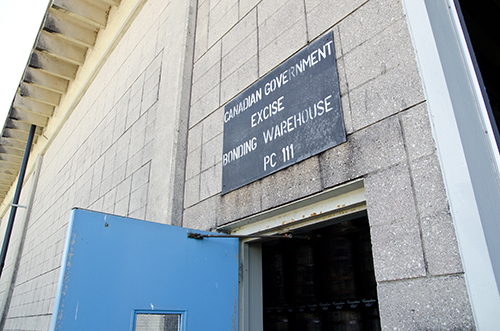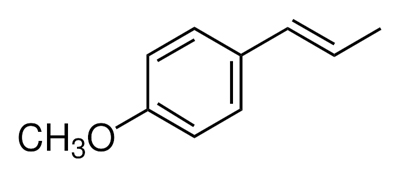Absynthesis
24 Jul
Building experiments truly is something for the patient and daring. Results seldom favor the palate, given the product in this case, Pernod Absinthe, and the test lab, my kitchen. What shocks me is that all I ever hear is sazeracs, and no green beast cocktails but never the implications in culinary world.
So we are using Pernod Absinthe. What is in it? We know anise, wormwood, fennel melissa, and hyssop. There many more but for now lets stick the five. From a flavor profile we know anise is sweet, aromatic, easily confused with fennel for it’s licorice like flavor. Wormwood tends toward a floral, sometimes almost per fumy, minty bitterness that doesn’t come across as harsh, but is quite pleasant. Fennel resembles dill but taste more licorice like than any of the herbs. Melissa, in the US we call it lemon balm, obviously for the lemon like oil fragrance it gives off. Hyssop is strong bitter and somewhat minty along with fennel and wormwood help give absinth it’s green color.
Something I should mention is I could not get to do too many experiments but what I had the time was making absinth, salad dressings and absinthe butters. Might not sound too exciting but the possibilities are endless. IF you understand the core flavor profiles of the spirit, you have the directions and information to adapt recipes. Maybe you don’t want to overload on fine herbs, maybe you want your shrimp dinner to have the herbal notes but have a better-controlled variable. For more information on absinthe culinary uses, check out the link for amazing by some really exciting people.
http://chowhound.chow.com/topics/718672
So where does absinth stand now? Well it is probably gaining dust, or at some mustached iconic mixologist bar, rocking the shit out of some killer drinks. The spirit is versatile, but needs proper pairings.
Hell the sazerac is a perfect example, held together because of the Peychauds, and it’s on everyone’s menu.
Absinthe needs to be educated on the flavor side to bring back its relevance in western culture. In a marketing perspective, have Rachael Ray whip up some absinthe candies or sauté seafood on live TV, absinthe sheds its bad reputation and reestablishes it’s self.
http://seattlefoodgeek.com/2012/01/ultrasonic-absinthe-mist-cocktail/
I enjoyed my time with absinthe, especially with Pernod Ricard and their amazing staff. So many more ideas and so many modifications to fountains, all things I hoped to accomplish. Before this class ends I will make my best effort to amend my posts and try to update and reiterate my thoughts and ideas. Absinth uses vary further than most would agree. I hope this segment was interesting and keep checking and I’ll have updates in a few more days, finger crossed.
Here is a photo of vegetable profiles used in a German style absinth, Pernod should invest in food pairing and make my life easier. We can see how the combinations of the herbs open the door for experiments and where we can use absinthe outside of cocktailing.

